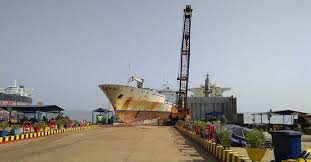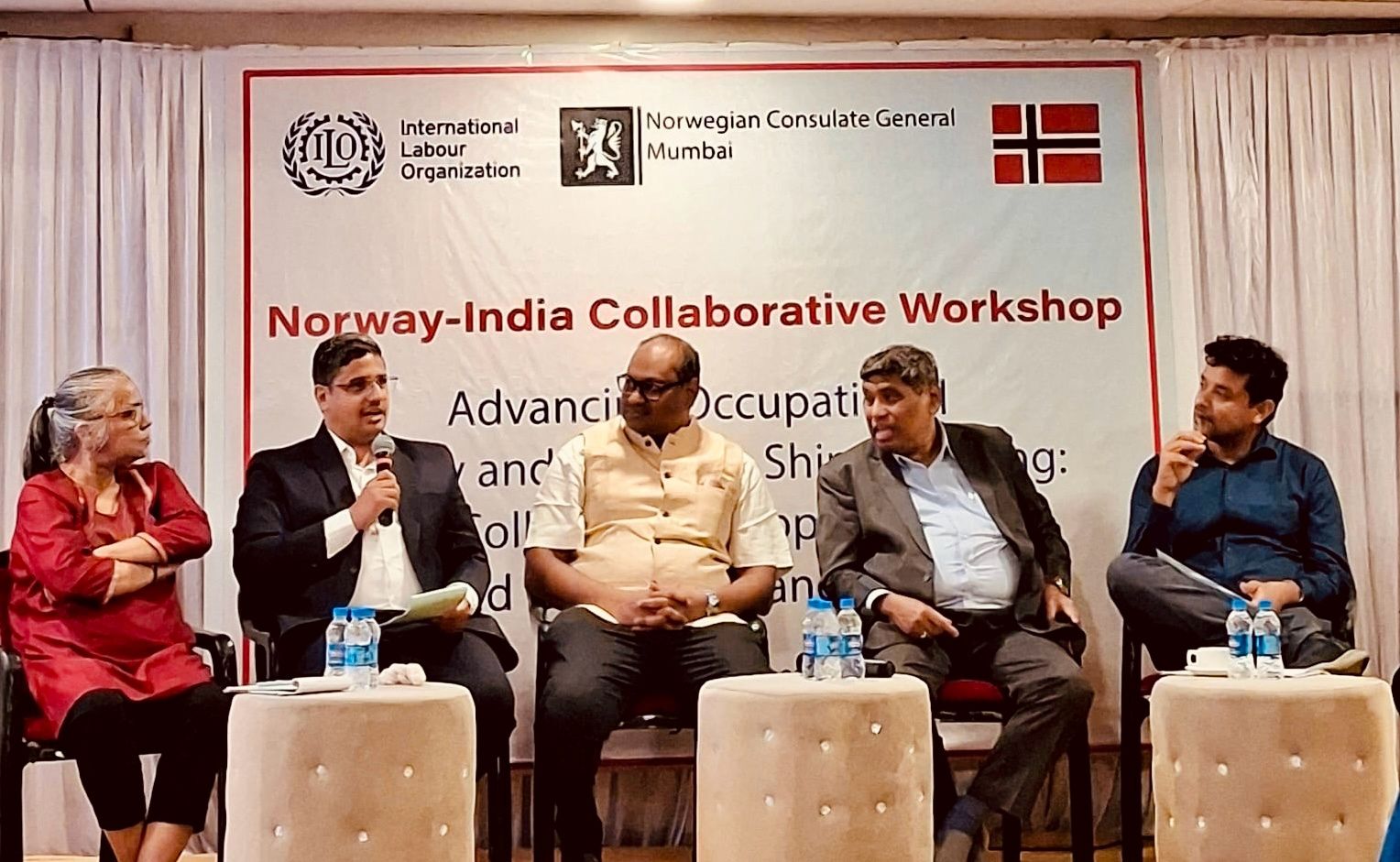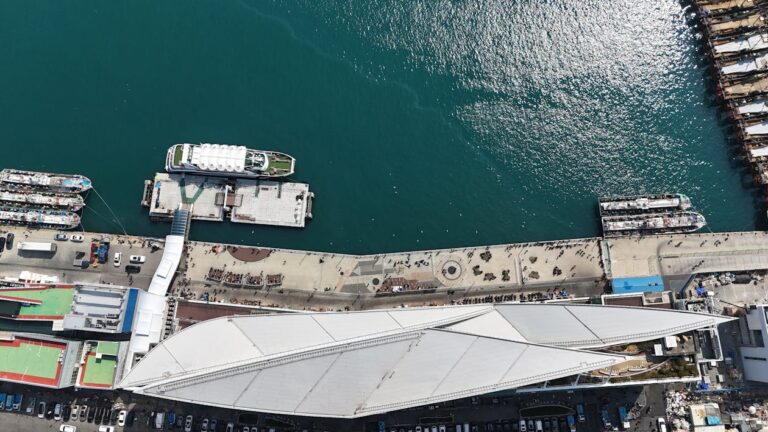Transforming India’s Port Cities: A Look at the Shipping Ministry’s New Initiatives
The Shipping Ministry of India is embarking on an ambitious project to revitalize the areas surrounding the country’s major ports. This plan, centered around a new township policy, aims to create thriving communities that will not only improve the lives of residents but also boost the local and national economy.
Building New Townships Around Ports
The key feature of this initiative is the development of townships on the vast stretches of vacant land near major ports in Mumbai, Kolkata, Chennai, and Vishakapatnam. Private developers will be invited to participate in these projects, transforming these underutilized areas into vibrant communities. This strategic move is expected to breathe new life into these regions, attracting residents and businesses alike.
Sustainable Communities and Economic Growth
The vision behind these townships is to create economically self-sufficient communities that are closely linked to the bustling port activities. Residents will have access to job opportunities generated by the ports, while businesses within the townships can cater to the needs of the port workforce and contribute to the overall economic activity. This symbiotic relationship is expected to significantly boost local economies and improve the living standards of people residing near the ports.
Investing in Domestic Maritime Transport
In tandem with the township policy, the Shipping Ministry is rolling out a significant financial package worth INR 5,000 crore. This viability gap funding (VGF) scheme aims to stimulate the construction of inland vessels, a crucial component of domestic maritime transport. By providing financial assistance, the government hopes to encourage the building of new vessels, thus strengthening India’s domestic maritime network. The VGF scheme is envisioned to eventually expand its support to shipbuilding for seafaring vessels, including cruise ships. This expansion would significantly enhance India’s overall maritime capabilities.
A Push for Green Technology
The government is prioritizing cleaner and more sustainable practices within the maritime sector. This focus is reflected in the Harit Nauka scheme, a key component of the government’s 100-day agenda. Launched in January 2024, the Harit Nauka – Inland Vessels Green Transition Guidelines promote the use of electric and hydrogen fuels in inland vessels. This initiative has a long-term goal of achieving a complete transition to green fuels, aiming for 100% of vessels operating in Indian waters to be powered by low or zero-emission sources by 2047.
The Harit Nauka scheme signifies the government’s commitment to reducing the carbon footprint of the shipping industry and contributing to global efforts towards environmental sustainability. By fostering a green maritime environment, India aims to become a leader in clean and sustainable maritime practices.
Strengthening Shipbuilding Industry
Another crucial aspect of the Shipping Ministry’s plan involves promoting domestic shipbuilding and repair facilities. The government is actively exploring ways to create a robust ecosystem and infrastructure for this industry. Discussions are underway to expand existing incentives for investors and developers, which could include increasing the current 20% capital support and widening the range of ships eligible for construction and repairs within India.
Leading the Way with Hydrogen Technology
India’s commitment to pioneering green technology is further cemented by the planned deployment of its first hydrogen fuel cell vessel in Varanasi by August 2024. This vessel, to be launched in Prime Minister Modi’s constituency, serves as a tangible symbol of India’s dedication to integrating advanced, eco-friendly solutions into its maritime operations.
Growth in India’s Maritime Fleet
India’s maritime sector has witnessed steady growth in recent years. As of December 2022, the country boasted a fleet of 1,520 vessels with a total gross tonnage (GT) of 13.69 million. This represents a net increase of 29 vessels and 0.7 million GT compared to the previous year. Projections suggest continued growth, with an estimated fleet size of 1,530 vessels and a gross tonnage of approximately 14 million GT by December 2023.
Overall, the Shipping Ministry’s new initiatives represent a multi-pronged approach to revitalizing India’s port cities. By creating thriving communities, promoting green technology, and strengthening domestic maritime capabilities, the government aims to usher in a new era of sustainable growth and prosperity for the Indian maritime sector.
Author: shipping inbox
shipping and maritime related web portal











